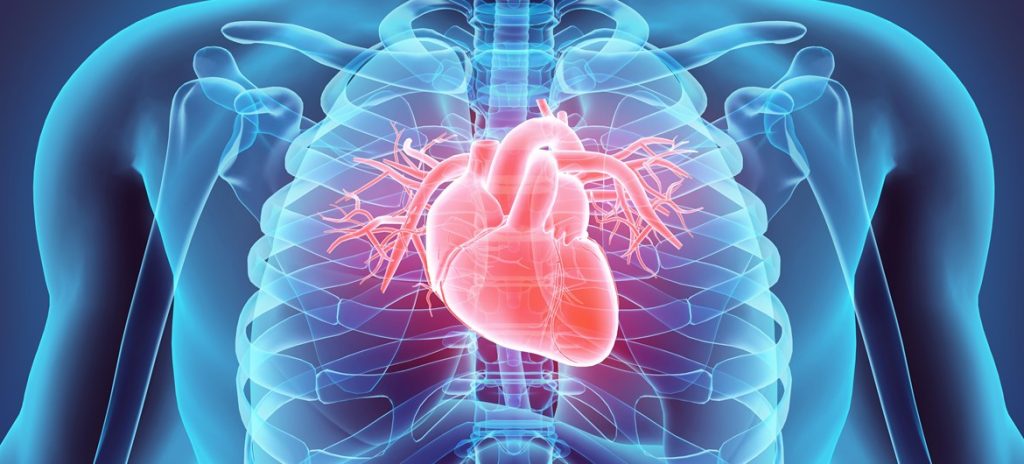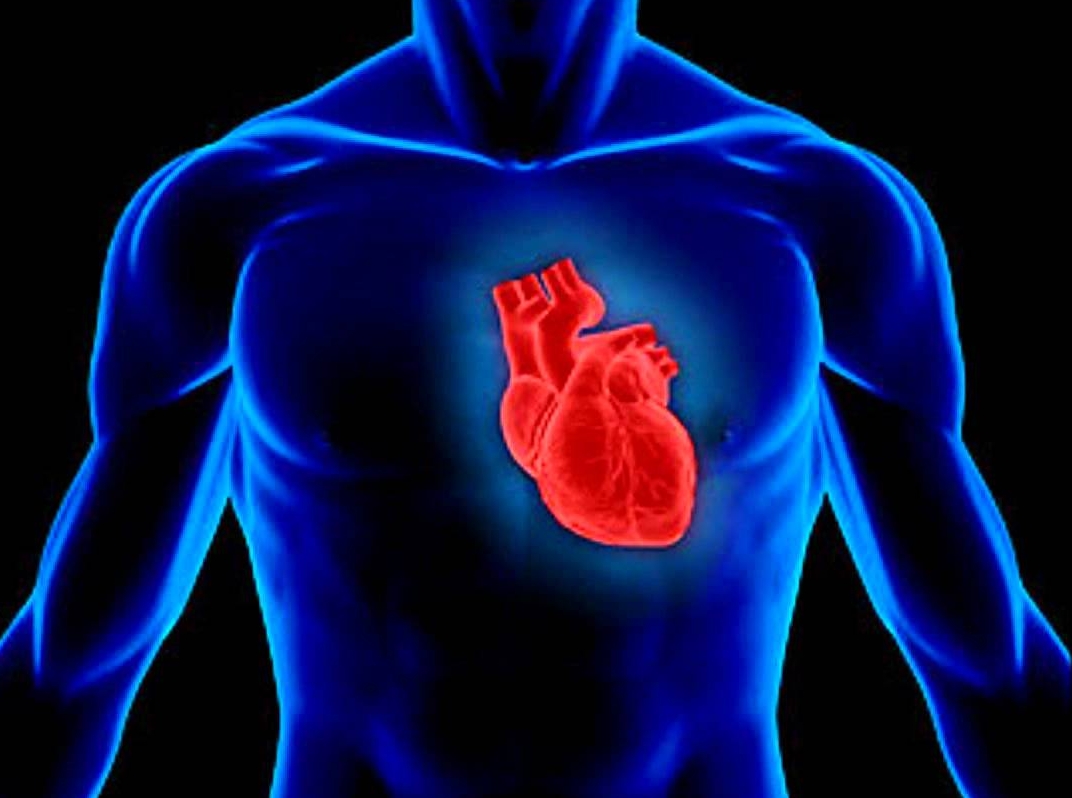
By Junaid Bashir
Our human body is really amazing. ALLAH (SWT) created us in a perfect manner. Throughout the whole life, different organs are working in a hemostatic way. One of the hardest working organs in our body is the Heart. It beats 75 times a minute, and supplies around 5 litres of blood per minute. An average life span of 70 years beats about 5 billion times, each day about 115000 times. The heart can continue beating even when it’s disconnected from the body. Our heart pumps about 2000 gallons of blood each day.
The heart is enclosed in the thoracic cavity of the chest. The main function of the heart is to keep blood full of oxygen. The heart is made up of atria, ventricles, valves, and various arteries and veins. If we stretch our blood vessel system, it would extend over 60000 miles. The heart has four chambers viz Right atrium which receives venous oxygen-depleted blood, the Right ventricle which pumps blood from the right atrium to the pulmonary artery, left ventricle receives oxygenated blood from the pulmonary veins of the lungs and pumps it to the left ventricle which pumps blood to the heart and rest of the body other than lungs.

20 Fascinating Facts: The Human Heart
- Test your knowledge with these 20 fascinating and fun facts about the human heart.
- The heart is a muscular organ that pumps blood around the body as part of the circulatory or cardiovascular system. It pumps blood through blood vessels to almost 75 trillion cells to provide the body with oxygen and nutrients.
- Your heart is located in your chest and is protected by your rib cage.
- The heart weighs about 300g and is about the size of your fist.
- The average heart beats about 60-100 times per minute, 4,800 times per hour, over 100,000 times a day, and 42 million times a year. During a lifetime it could beat more than 3 billion times.
- The average adult has about 10.5 pints of blood in their body.
- The heart pumps around 280 litres of blood through the body every hour, 7,200 litres in 24 hours, and 2 million litres per year.
- Blood pressure in the heart can squirt blood over 30 feet.
- When resting, it takes 6 seconds for blood to travel from your heart to your lungs and back again, 8 seconds to go to the brain and back, and 16 seconds to go to your toes and back.
- When exercising, your heart beats faster to pump more blood and oxygen to your muscles.
- If you lined all of your blood vessels – arteries, veins, and capillaries – up in a row, they would be over 60,000 miles long.
- The cells that makeup blood are constantly regenerating after a life of about 4 months. Bone marrow produces approximately 3 million new red blood cells every second.
- The heart is made up of chambers – the left atrium, right atrium, left ventricle, and right ventricle – and valves, which ensure blood keeps moving in the right direction.
- Blood that leaves the heart is carried through arteries. The main artery leaving the left ventricle is called the aorta and carries oxygenated blood to all parts of the body. The main artery leaving the right ventricle is called the pulmonary artery which carries deoxygenated (blood without oxygen) to the lungs.
- Blood going towards the heart is carried through veins. Oxygen-rich blood comes from the lungs to the left atrium carried through pulmonary veins. Deoxygenated blood from the body is brought into the right atrium through the superior vena cava and inferior vena cava.
- The cardiac cycle occurs when the heart contracts and makes the chambers smaller and pushes blood into blood vessels. When the heart relaxes the chambers get bigger and fill with blood coming back into the heart.
- Blood entering the heart is a purplish blue because it does not contain oxygen. Blood exiting the heart is red because it contains oxygen.
- Electricity going through the heart makes the muscles contract. The heart can continue to beat outside the body as long as it has sufficient oxygen due to this electricity.
- An ECG machine is used to measure electricity going through the heart and is used by doctors to examine your heart.
- The study of the heart is known as cardiology.
- Heart illnesses, also known as cardiovascular diseases, include heart attack, heart disease, hypertension, and heart failure. To keep your heart healthy and prevent cardiovascular disease, you need to do regular exercise and eat healthily.

Leave a Reply